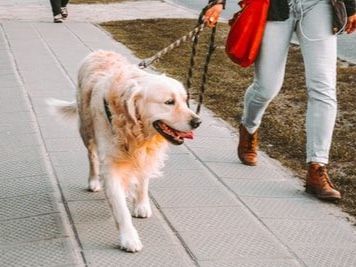Living with a reactive dog is not easy. Reactive dog outbursts are awkward, embarrassing and quite stressful - for everyone involved. If a barking dog at the end of the leash is a daily grind for you, read on and learn positive change.
One thing we must remember is the actual meaning of the word reactive. Reactivity, by the sheer definition, means the dog is reacting, rather than randomly acting. This means the dog has ended up in a position that he can’t cope with, that he believes he can’t leave, so has no other choice to react, for his own safety. This means we must take responsibility for most of the occasions that our dogs react.
One thing we must remember is the actual meaning of the word reactive. Reactivity, by the sheer definition, means the dog is reacting, rather than randomly acting. This means the dog has ended up in a position that he can’t cope with, that he believes he can’t leave, so has no other choice to react, for his own safety. This means we must take responsibility for most of the occasions that our dogs react.
How We Can Do Better - Understanding
Dogs are not reactive because they are being naughty, nasty, stubborn or dominant. Dogs are reactive because they are in a position that they can’t leave, so are left with no other choice.
Reactive, remember!
Observe your dog and try to understand what exactly is causing the issue. It could be a sound of a car door shutting, the sight of other dogs approaching, the smell of a cleaning chemical. The possibilities are endless but your dog will have one or more triggers that cause a stress reaction and it is our responsibility to recognise them.
All dogs are individuals. They have individual preferences, behaviour patterns, coping strategies and stress triggers. If your dog is stressed a lot, highly strung and highly reactive you can be sure his body is suffering. When a dog experiences stress, the body releases a hormone named Cortisol. In small, appropriate doses, Cortisol plays an essential role in dealing with stress. When stress becomes more frequent, the constant production of Cortisol has many negative affects on the body. Cortisol affects everything from the heart to the immune system and if your dog can never relax, these vital systems are it risk.
To combat the affects of Cortisol 'flooding', allow your dog to take some time out. Removing any situations that are likely to lead to a stress reaction will prevent the body from producing even more Cortisol. If your dog is only reactive during walks, take some chill time. Have a couple of days off and play at home, use some enrichment techniques, build some fun, simple Coaching routines into his day and allow his stress levels to drop. Then take the next step.
Reactive, remember!
Observe your dog and try to understand what exactly is causing the issue. It could be a sound of a car door shutting, the sight of other dogs approaching, the smell of a cleaning chemical. The possibilities are endless but your dog will have one or more triggers that cause a stress reaction and it is our responsibility to recognise them.
All dogs are individuals. They have individual preferences, behaviour patterns, coping strategies and stress triggers. If your dog is stressed a lot, highly strung and highly reactive you can be sure his body is suffering. When a dog experiences stress, the body releases a hormone named Cortisol. In small, appropriate doses, Cortisol plays an essential role in dealing with stress. When stress becomes more frequent, the constant production of Cortisol has many negative affects on the body. Cortisol affects everything from the heart to the immune system and if your dog can never relax, these vital systems are it risk.
To combat the affects of Cortisol 'flooding', allow your dog to take some time out. Removing any situations that are likely to lead to a stress reaction will prevent the body from producing even more Cortisol. If your dog is only reactive during walks, take some chill time. Have a couple of days off and play at home, use some enrichment techniques, build some fun, simple Coaching routines into his day and allow his stress levels to drop. Then take the next step.
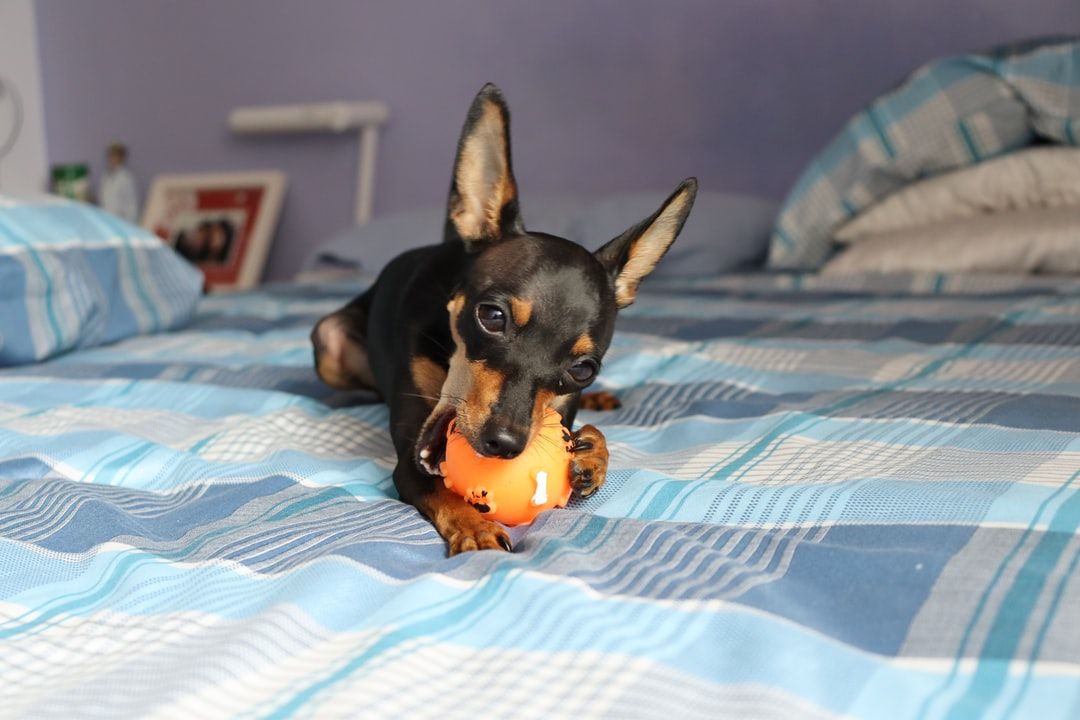
Looking back at the example of a dog who reacts during walks, the first trick is to make walks more pleasant for you and your dog. If this means getting up earlier, or driving to a quieter walking area - do that. It won’t be forever, as improvements usually happen quickly when the dog’s confidence grows. The idea is to lower your dog’s need to react, by taking away anything that triggers it. In my experience, open areas are much better than foot paths, as paths reduce the option to safely avoid any sudden triggers. Open spaces create opportunities in abundance. Whether you choose a field, beach, woodland or a local park, the ability to spot potential triggers and respond to them before the dog reacts will increase
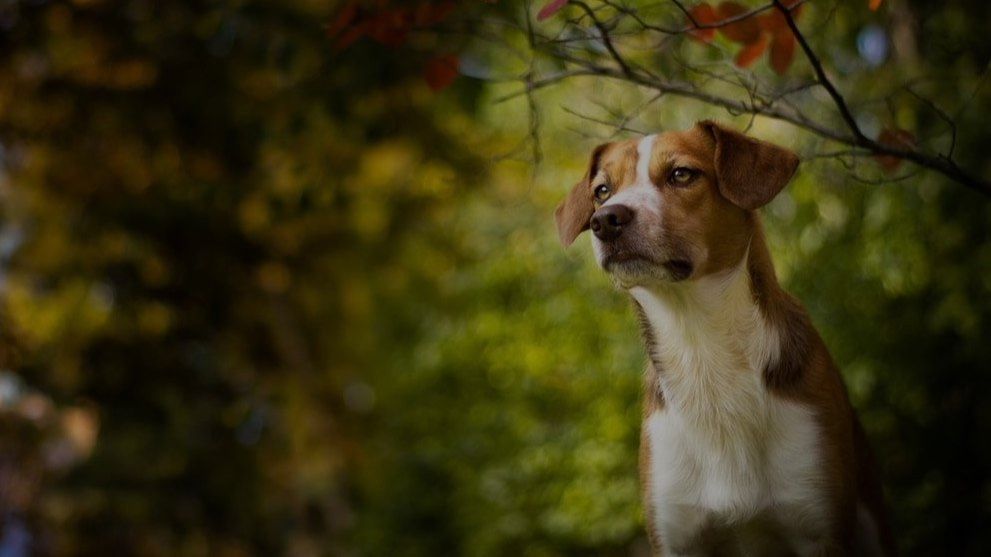
Step One - Be Hawkeye!
When you do go for walks remember this: It is absolutely your responsibility to spot triggers before your dog does. Dogs have a lower focus range, in comparison to humans. Where a human could see an object clearly from a distance of 80ft, a dog would be able to focus clearly at 20ft. This gives us a huge advantage when it comes to noticing triggers from a distance. If you can avoid the trigger before it enters the dog's visual range, the likelihood of a stress reaction is significantly reduced. When you get into the habit of noticing everything, you can adapt the walk to prevent your dog feeling scared or threatened. Increasing the distance between you and the worrying trigger will decrease the stress reaction in your dog. Re-training your dog's mind begins with re-training your own.
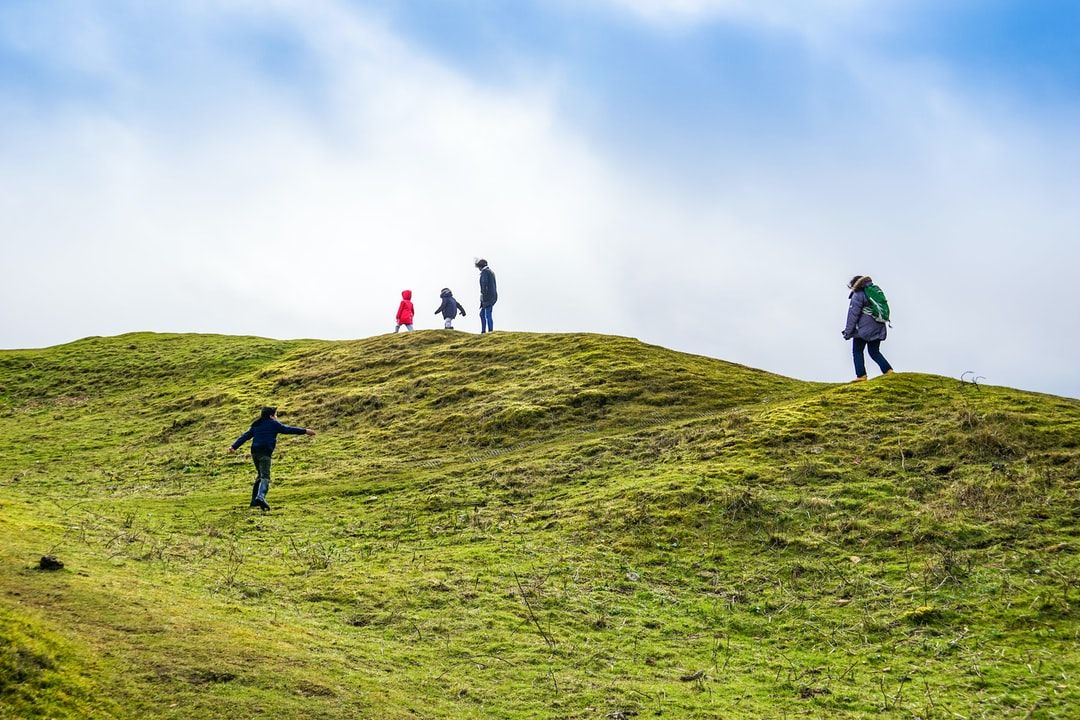
Step Two - Keep A Safe Distance
When a person decides to deal with their own phobias, they often do so in a way that includes facing up to a large dose of their own specific fear head on. Facing a fear head on, being courageous and showing the world you're not scared is decisive. You know that something is standing in the way of happiness and by gosh you're going to do something about it! If this is how you plan to help your dog, STOP! Dog's don't make decisions in this way. A dog will never wake up thinking "today is the day I accept the postman for the individual he is and just move on with my life".
Gradual introduction to any environmental trigger is the key to helping your dog positively adjust and socialise. Despite our vigilance, there will always be times when a trigger appears out of nowhere. If you do suddenly encounter a known stress trigger; such as another dog, child, cyclist or jogger, don’t be afraid to turn around and walk away. It doesn’t matter what strangers think, it matters that your dog feels safe. The more often you increase the distance between your dog and the scary thing, the better your dog will cope. As he begins to learn that good things can happen, a dog will naturally be able to get closer to the trigger without reacting, but he will need time and your patience.
When considering your dog's comfort zone, think of a bubble that surrounds him. The bubble can be any size, depending on the trigger and how it is perceived. A dog who has learned to fear fast moving hands will not mind that a person waves to you from a distance of 50 metres, but the same movement at close range will likely cause them to react in some way. Once you know the size of the bubble, you can take positive action to keep it free of any known triggers.
Gradual introduction to any environmental trigger is the key to helping your dog positively adjust and socialise. Despite our vigilance, there will always be times when a trigger appears out of nowhere. If you do suddenly encounter a known stress trigger; such as another dog, child, cyclist or jogger, don’t be afraid to turn around and walk away. It doesn’t matter what strangers think, it matters that your dog feels safe. The more often you increase the distance between your dog and the scary thing, the better your dog will cope. As he begins to learn that good things can happen, a dog will naturally be able to get closer to the trigger without reacting, but he will need time and your patience.
When considering your dog's comfort zone, think of a bubble that surrounds him. The bubble can be any size, depending on the trigger and how it is perceived. A dog who has learned to fear fast moving hands will not mind that a person waves to you from a distance of 50 metres, but the same movement at close range will likely cause them to react in some way. Once you know the size of the bubble, you can take positive action to keep it free of any known triggers.
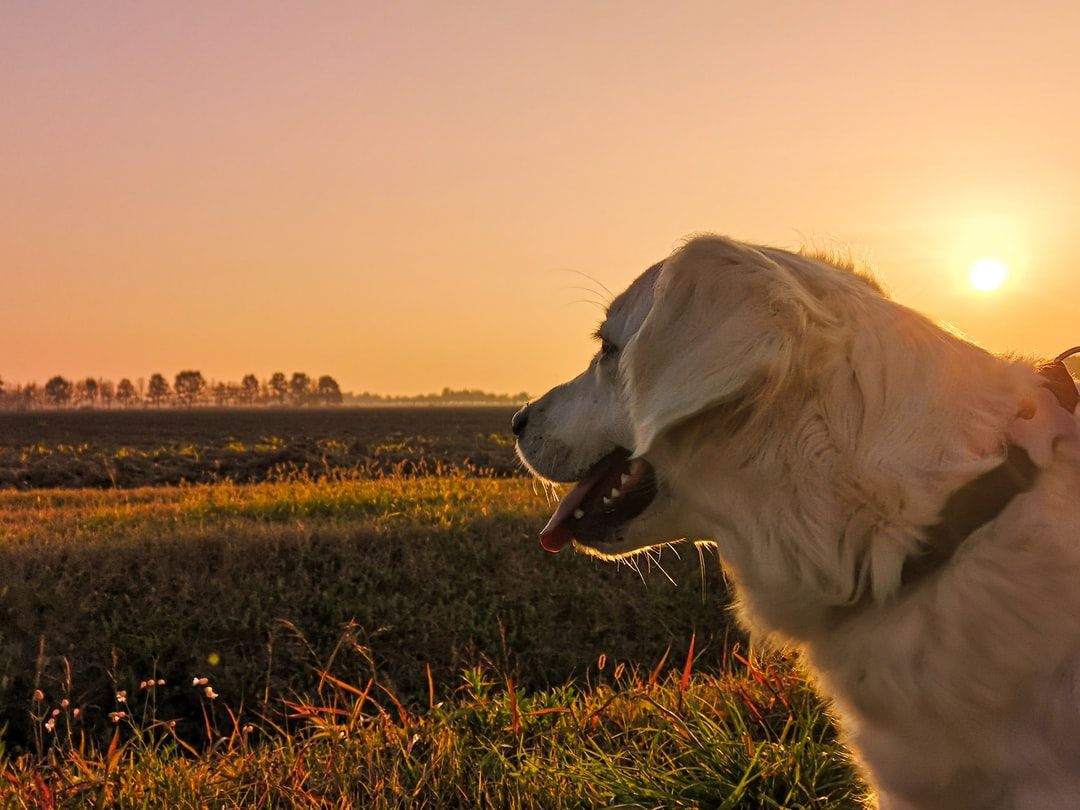
Step Three - Recognise Changes
Common behaviour changes happen long before the reactive outburst actually occurs. Lip licking, total focus or tension of the body can be easy signals to miss, but they are all signs that the dog’s stress level is rising. Stopping to sniff for long periods may be your dogs way of causing a calm delay, when a potential trigger is present. Any behavioural change signifies a chemical change. Again, be your dogs eyes, but this time aim those sharp eyes at your dog's body language. If his behaviour starts to change for the worse, get him out of there quick.
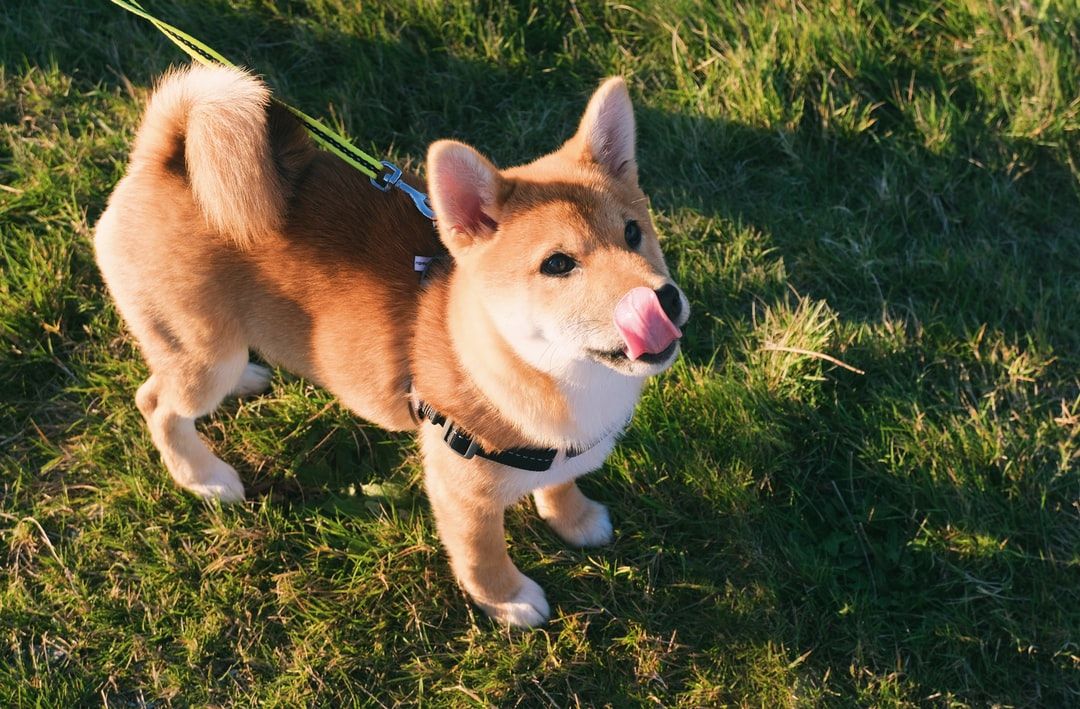
Step Four - Have A Plan
So, you're taking responsibility for your dog's experiences, you're allowing him some quality time out from stress, the daily routine has been adapted to reduce the triggers and your observation skills are finely tuned - what then? Once you understand how the dog perceives his world and can recognise his issues, you can begin making small steps that will help change his mind, producing positive outcomes. Think about what you will do, next time you encounter a stressful situation and make a plan.
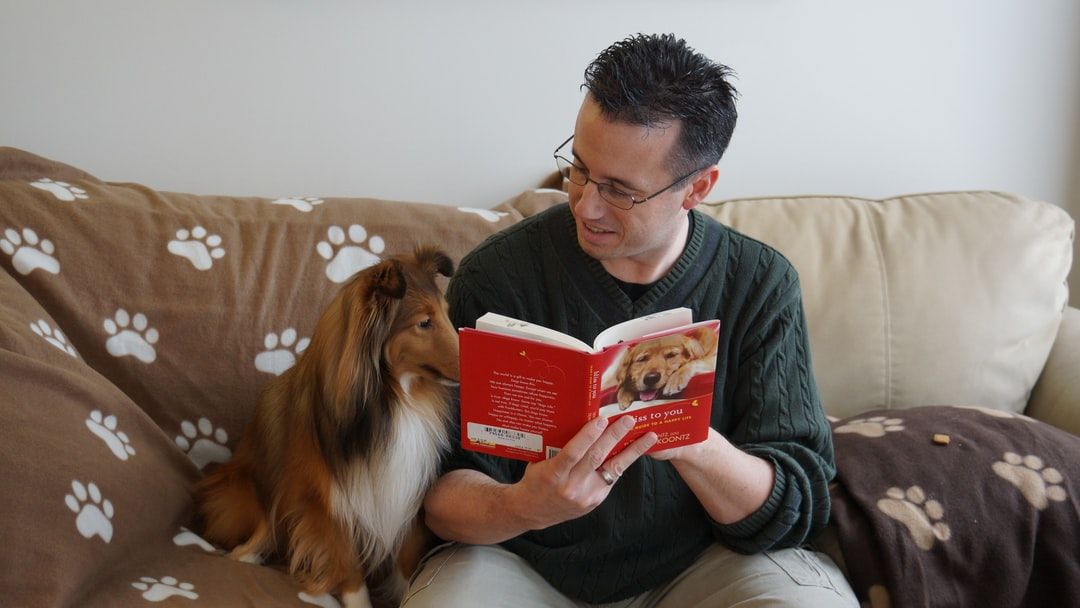
Step Five - Ask Yourself This..
- What will you do, when you spot a trigger from a distance?
- How will you respond, when a trigger suddenly appears?
- What coaching will you do at home, to help build confidence?
- What kind of reinforcement will you use, when your dog chooses not to react?
- How will you respond, if your hard week seems to stop progressing?
Thinking about these questions, before you are in a reactive situation, will prepare you to act in a way that helps your dog.

The reactive dog is a little too sensitive for the world he is presently in, he’s only doing what comes naturally, usually rooted in fear. Applying the tips above will help you to reduce your dog’s need to react, they will take a while to take effect, but persevere and they will.
Start Your FREE Skill-Hub Trial Today
Commitment Free 3 Day Access
Canine Principles' Skill-Hub allows unlimited* access to ALL self-study courses, workshops & webinars.
*Requires Monthly Subscription. See Skill-Hub Subscription Page For Details.

